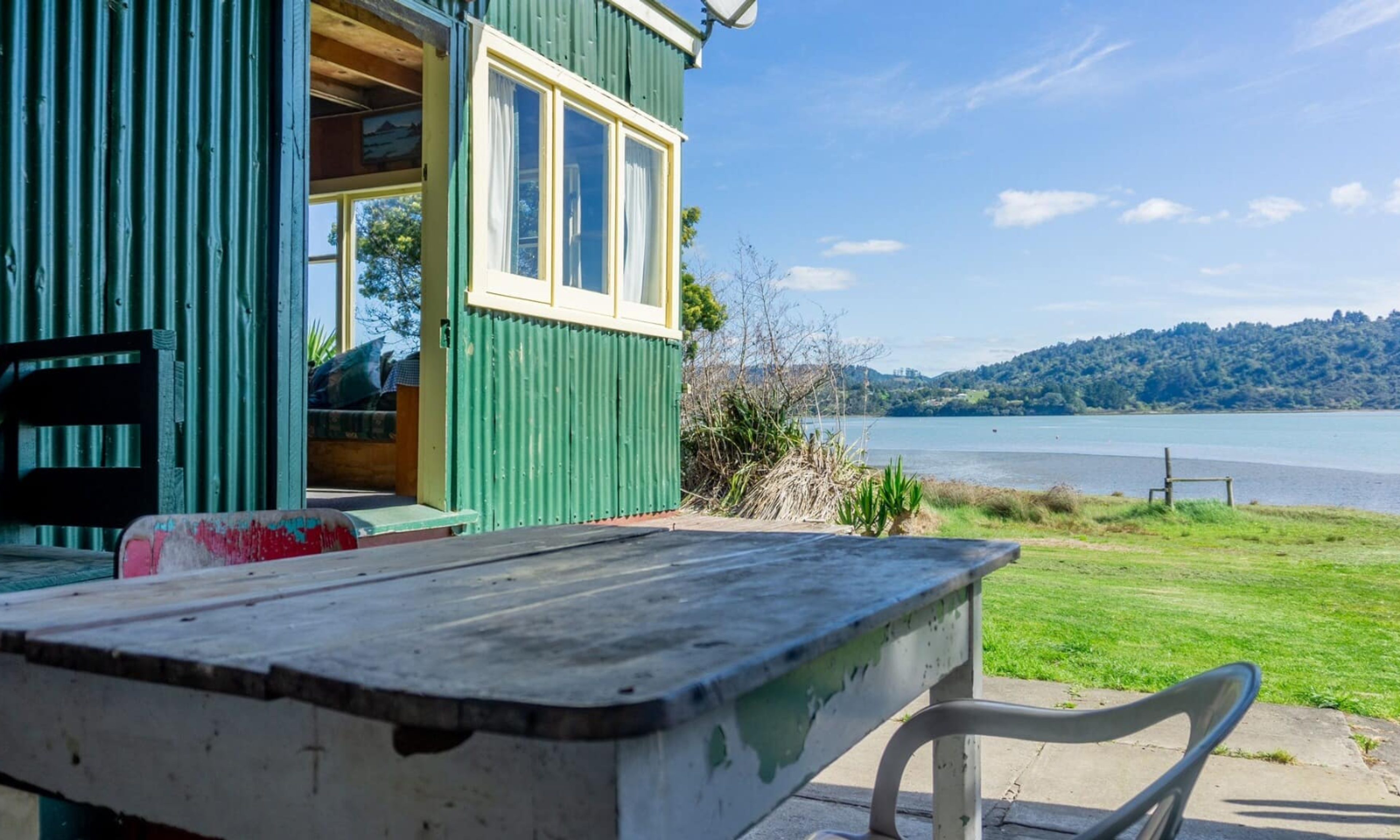

Matt Renata. Photo/Supplied/NASA (backdrop)
How Matariki has roots beyond te ao Māori
As the Aotearoa prepares for its third public holiday celebration of Matariki, a Pou-whakamana at Zeal Aotearoa breaks down how far back this ancient tradition goes.


Holiday Classics: The sports films that bring families together

Memories over miles: South Aucklanders share their favourite holiday getaways


Ancient DNA shows how Pasifika carried pigs across the ocean

Holiday Classics: The sports films that bring families together

Memories over miles: South Aucklanders share their favourite holiday getaways

More than just another public holiday, Matariki, or the Māori new year, is an ancient tradition with whakapapa to the Pacific according to a Pou-whakamana at Zeal Aotearoa.
Speaking to William Terite on Pacific Mornings, Matt Renata said Māori are a part of the Pacific family, pointing to his own whakapapa roots back to Sāmoa.
"My waka from my iwi Ngāti Kahungunu, the name of that waka is Takitimu," Renata said.
"Takitimu was built in Sāmoa, in Savai'i. So, for me I look to Sāmoa and I go 'you're our tuākana, our sibling’, and so we have to remember our family connections, whakapapa, whanaugatanga (kinship)."
Renata added it's been "amazing" to see the unity between Māori and Pacific peoples in recent years, with examples from FestPAC, to last December's Toitū Te Tiriti protest.
"You can see how we're all similar but have our differences."
Matariki roots in the Pacific and beyond
Additionally, Renata pointed out that Matariki itself as a tradition is not exclusive to Māori as it has connections across the Pacific and beyond.
"Matariki was celebrated throughout the Pacific. It's not just a new thing we started in 2022.
"It's an ancient kaupapa that goes back to Hawai'i known as [Makali'i]. There are many different names for it."
PMN journalists Atutahi Potaka-Dewes and Matt Manukuo did a deep dive last year into Matariki, discovering the names and traditions associated with the star cluster event across the Pacific.
The pair found in Fiji the name varies based on province, whereas in Nadroga it's called Ihoho and in Verata it's called Isosodawa.
In Tonga, it's known as Te Pupunga Matariki which means "those beautiful little stars". In Sāmoa, the cluster goes by Mata'ali'i, where a possible translation could be close to mata'aiga, or to look out for one's family.
Additionally, Rangi Mātāmua, the architect behind galvanising nationwide support for Matariki to become a public holiday, returned from Tahiti recently. Mātāmua was invited by Tahiti's government as they wanted to initiate a Matariki holiday for themselves.
"The first time we kind of hear about it in the Bible it's known as Pleiades. Our Japanese whānau across the Pacific call it Subaru," Renata said.
"And so for us, together as a nation, to mark it is awesome."
Many ways to celebrate Matariki
Renata said there are many ways people can celebrate Matariki, similar to celebrating the Pākehā New Year where people spend time with whānau, feasting and perhaps an inu (drink).
"I know at Takaparawhau-Bastion Point at Ngāti Whātua Ōrākei Marae they've got a celebration that starts at 6 AM.
It's called an umu kohukohu (ceremonial earth oven feast) so they have a karakia in the morning and that's a good way to celebrate.
"The observatory has opened up its doors and is doing some teaching on Matariki. One of our friends has a show called 'Red, White & Brass', so that might be another way you want to go celebrate."
Renata said overall that Matariki is an "awesome way" to teach and normalise aspects of tikanga Māori for the next generations.
"This is us as whānau, as the Hawaiki whānau, as the Pasifika and Māori whānau coming together in unity."
Watch the full interview via 531pi's Facebook page below: